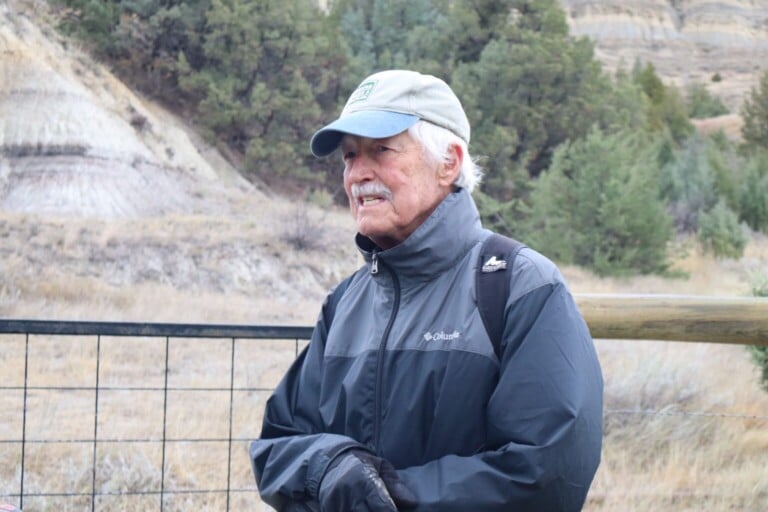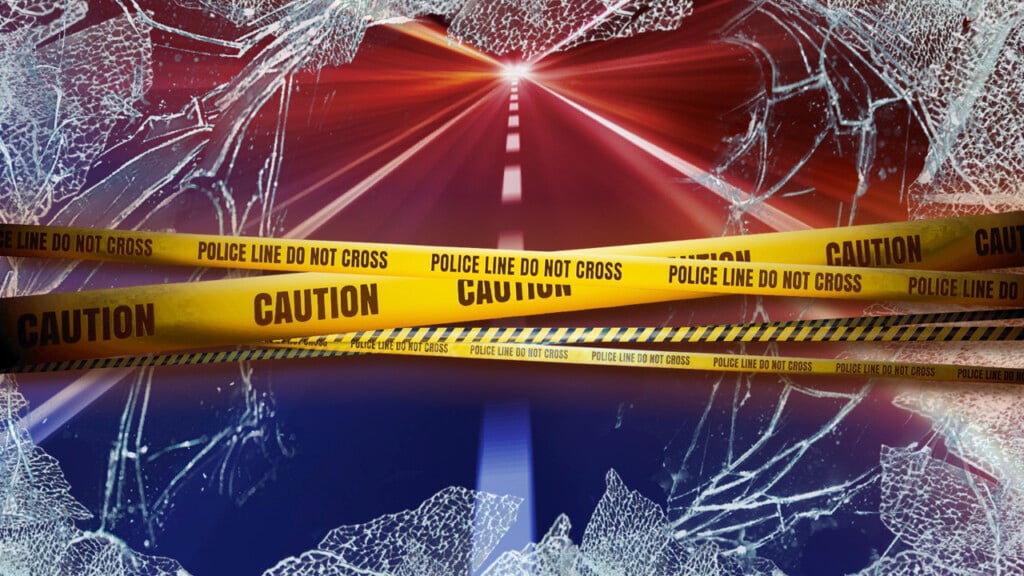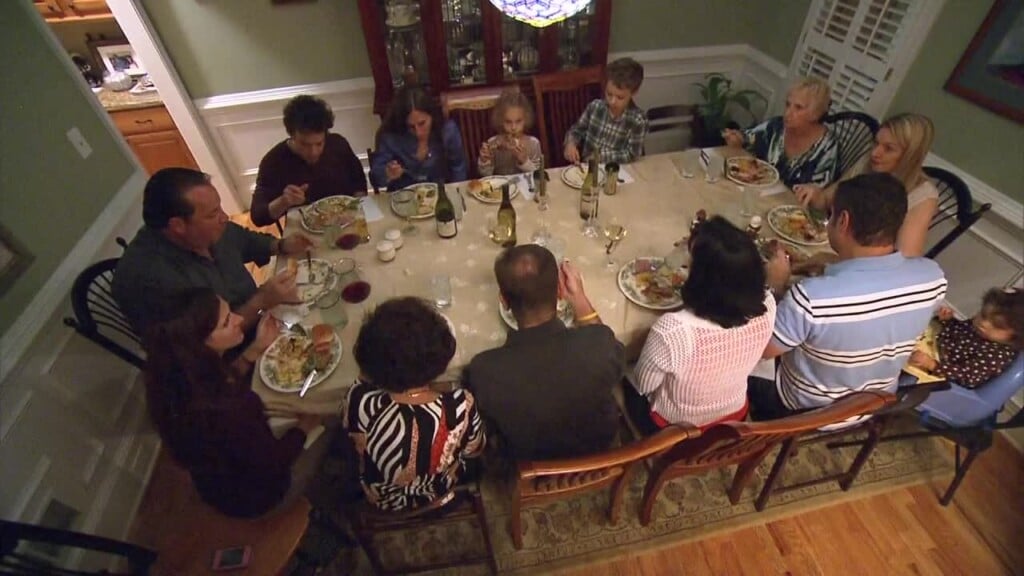Federal lands need the public’s help, retired National Park ranger says

MEDORA, N.D. (North Dakota Monitor) – Public lands advocate Walt Dabney joined a group of North Dakota conservationists in the Badlands on Sunday to see how federal funding cuts are affecting public lands in the state — and how members of the public are stepping up in the government’s place.
Dabney, a former National Park Service ranger, is in North Dakota this week to deliver a series of talks about the importance of public lands and conservation.
His career included stints at Yellowstone, Grand Teton, Yosemite, Grand Teton, Everglades and Mount Rainier, eventually serving as superintendent and chief ranger of the National Park Service. But until Sunday, he had never been hiking in the North Dakota Badlands.
Dabney, 79, retired from the U.S. National Park Service in 2010 after 43 years of service. He now spends his time advocating for the National Park System.
He said he’s worried about the future of the parks.
Federal agencies like the National Park Service, the U.S. Forest Service and the Bureau of Land Management have had their staffs reduced under the Trump administration. Thousands of remaining workers are on furlough during the ongoing government shutdown.
As a result, there are fewer people taking care of the trails.

Shannon Straight, executive director of the Badlands Conservation Alliance, and Kathrin Youngberg of the North Dakota Natural Resources Trust stand on the new Bear Creek Bridge on the Maah Daah Hey Trail on Oct. 12, 2025. (Photo by Mary Steurer/North Dakota Monitor)
Conservationists on the hike pointed out several areas where deferred maintenance on federal land — like unaddressed erosion — made it harder and less safe to traverse.
But Dabney’s hosts were proud to show him a new bridge on the 144-mile Maah Daah Hey Trail. The wooden bridge, which crosses Bear Creek and was installed in July, replaced an old one that had collapsed after a storm in 2023.
The project was a team effort between Dakota Prairie Grasslands staff, conservation groups and volunteers.
Dakota Prairie Grasslands applied to get a mule train to get materials to the bridge site. Staff also borrowed equipment from the state of North Dakota to reroute part of the trail to the new bridge.
The combined support allowed Dakota Prairie Grasslands workers to complete the project in a matter of days rather than months.
“What Walt talks about in his talk, this is a great example of that,” Shannon Straight, executive director of the Badlands Conservation Alliance, said during the hike.
Dabney said the purpose of his tour is to educate the public about the origin of the National Park System, what parks offer the American public and why he thinks they must be protected.

Retired park ranger and conservationist Walt Dabney hikes the Maah Daah Hey Trail in the Dakota Prairie Grasslands on Oct. 12, 2025, near Medora, North Dakota. (Photo by Mary Steurer/North Dakota Monitor)
He said his talk is partly a response to efforts to transfer federal land to states.
As part of this movement, Utah along with a group of other Republican-led state last year sued the federal government over millions of acres of public land controlled by the Bureau of Land Management. The U.S. Supreme Court declined to hear the case.
Dabney will be delivering three talks in North Dakota: one Tuesday evening at Dickinson State University’s Beck Auditorium, another Wednesday evening at the North Dakota Heritage Center in Bismarck and the last on Thursday evening University of North Dakota’s Gorecki Alumni Center in Grand Forks.
Dabney said he’s using his voice in part because federal park workers can’t. Mass layoffs and funding cuts in the executive branch have made it so that rank-and-file park federal employees are afraid to express themselves, he said.
He urged them to keep a low profile so they have a chance to keep their jobs. The federal government needs to retain employees who care about public lands, he said.
“Do your job, take care of each other, take care of the visitor,” he said. “You can only fall on your sword once.”
(Story written by Mary Steurer – North Dakota Monitor)






